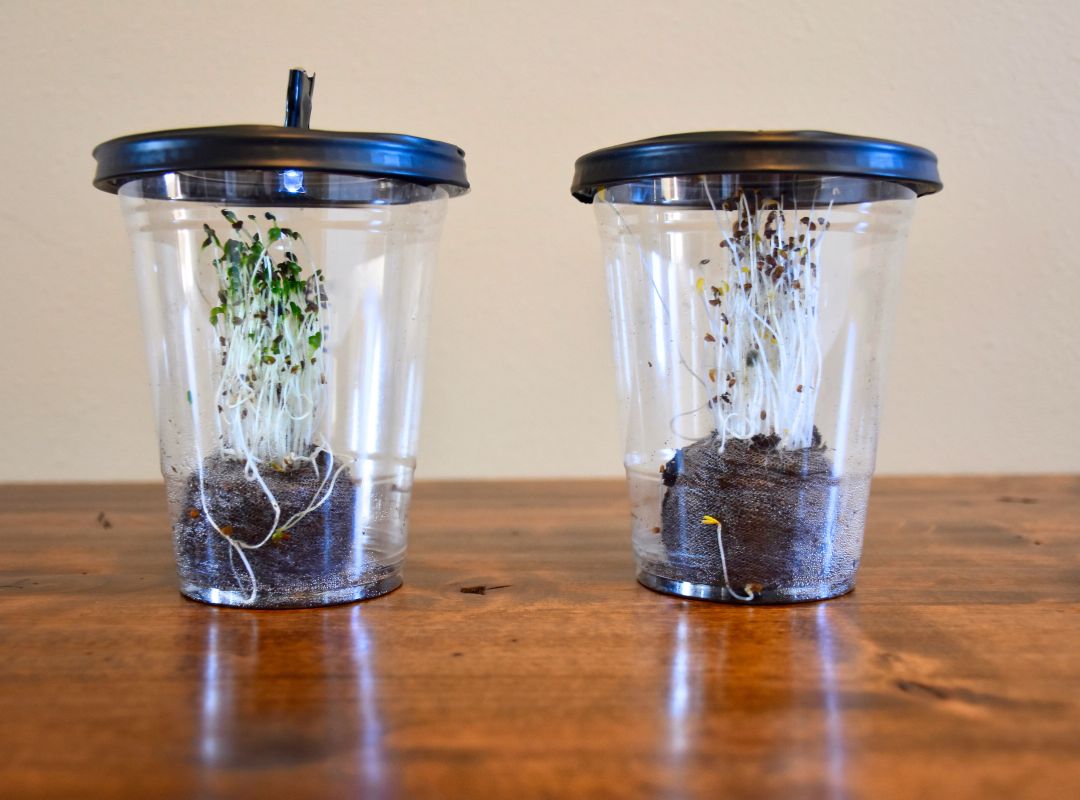
Desktop Greenhouses (Grades 3-5)
Students investigate the importance of light to plants by creating a desktop greenhouse investigation and exploring the process of photosynthesis.

Students investigate the importance of light to plants by creating a desktop greenhouse investigation and exploring the process of photosynthesis.
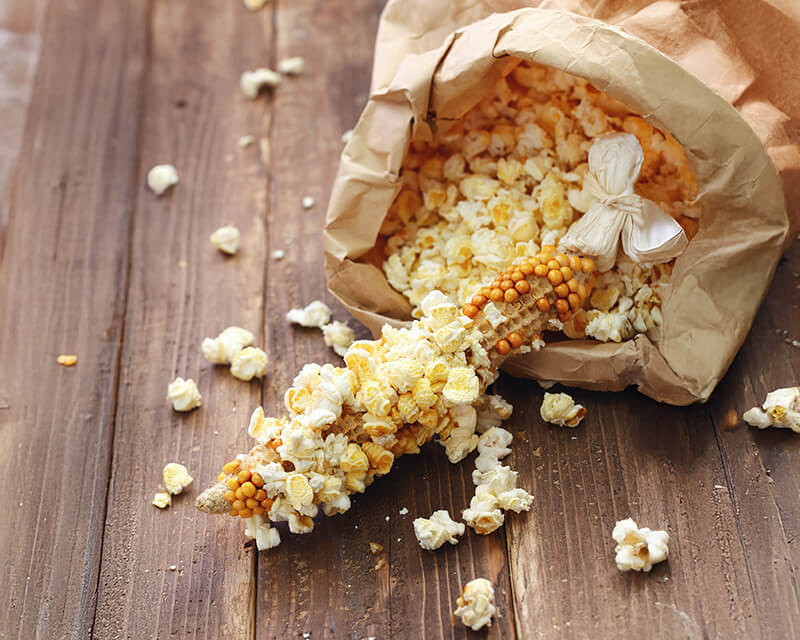
Students discover how popcorn is grown and explore the phenomenon of how popcorn pops.
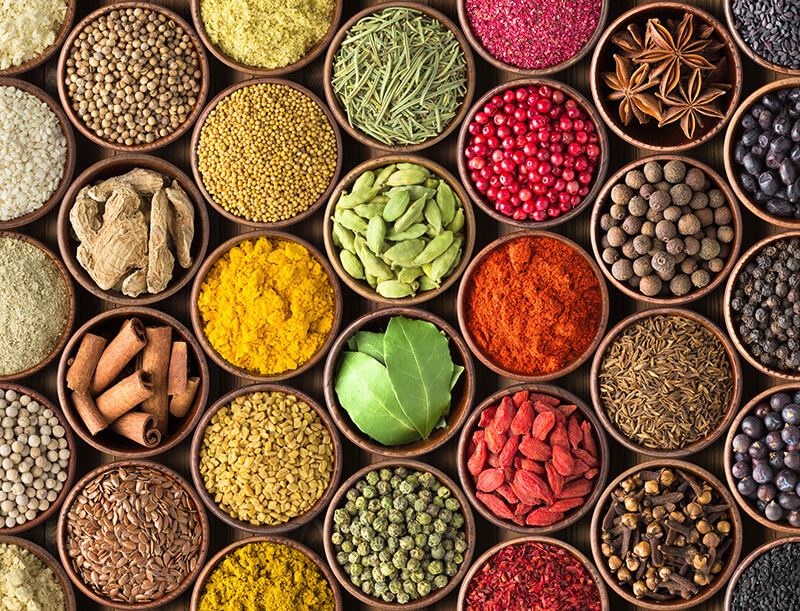
In this lesson students will recognize the difference between a spice and herb, learn how herbs and spices are grown on farms around the world, and participate in a culinary challenge to season popcorn for various cultural cuisines.
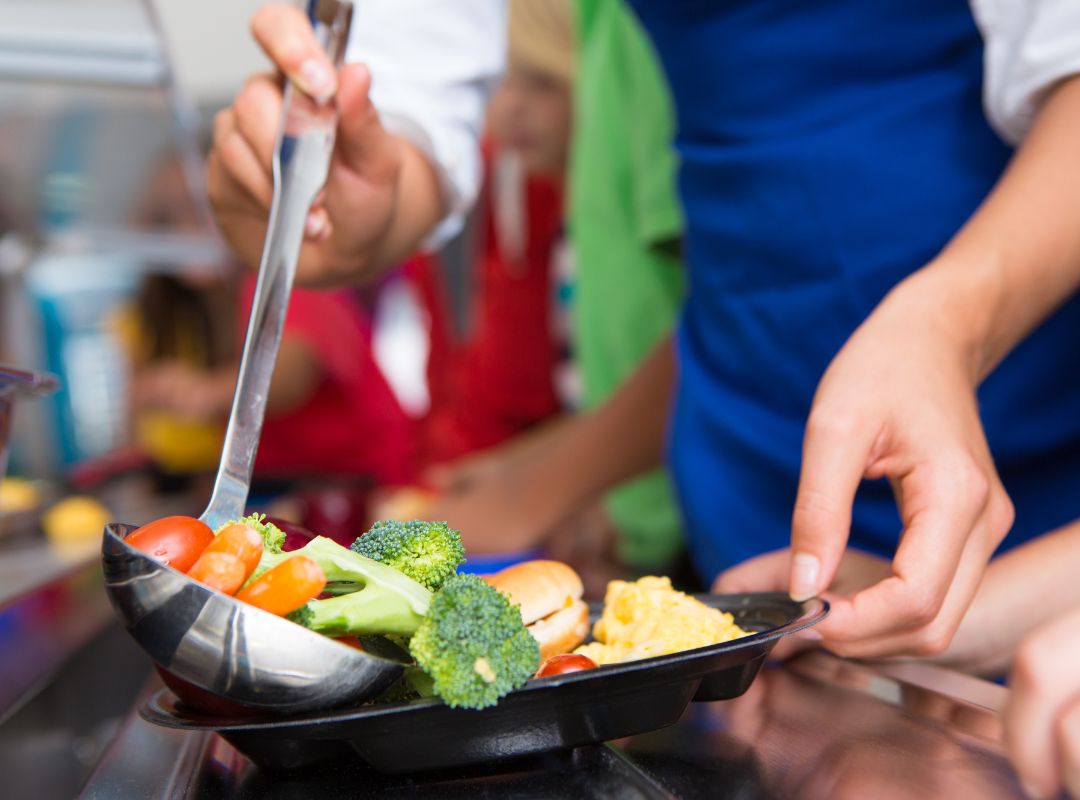
Through project-based learning, students conduct surveys with their peers at school about healthy food products they think will be marketable for school concessions. Based on surveys and research, they choose an in-demand product to test in class and then present to a guest panel as a healthy choice.
Students view the 2018 documentary Before the Plate and follow Canadian chef John Horne as he journeys to the source of ten primary food ingredients used in his restaurant. Using critical thinking skills, students will explore the farm-to-table journey of food. This lesson covers a socioscientific issue and aims to provide students with tools to evaluate science within the context of social and economic points of view.
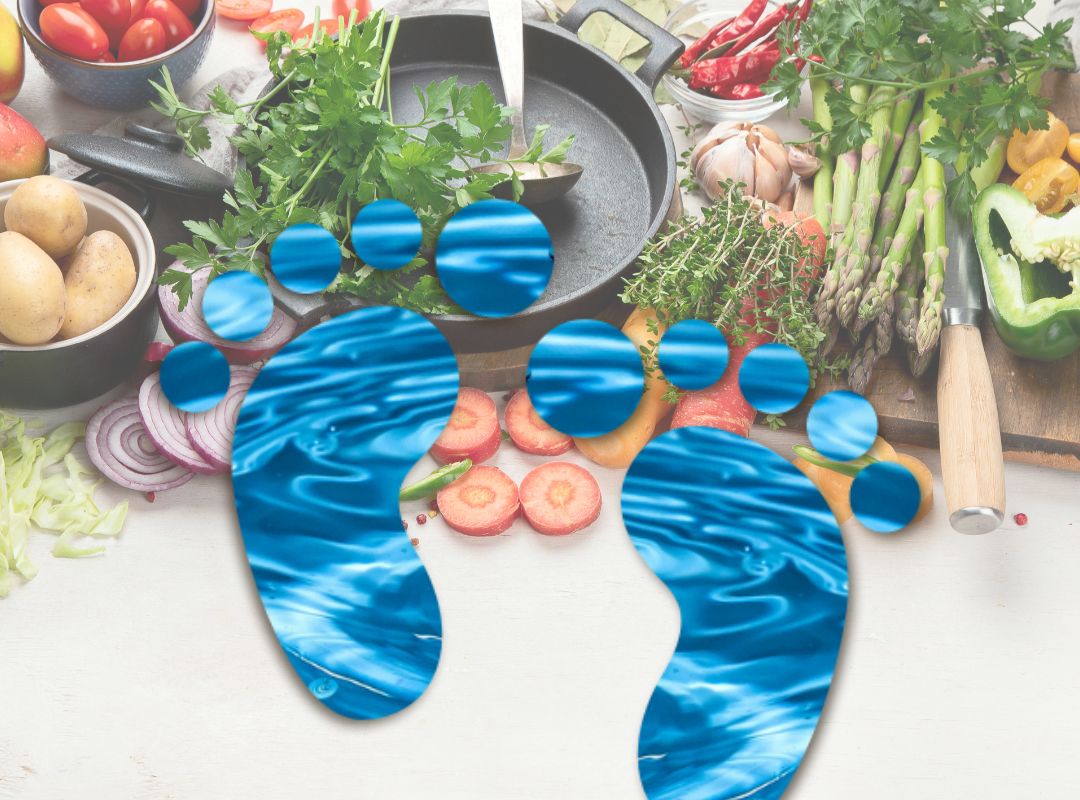
Explore concepts of sustainability by evaluating the water footprint (WF) of food. Students are introduced to irrigation practices throughout the world, consumptive and non-consumptive water use, and investigate the water requirements for various food crops.
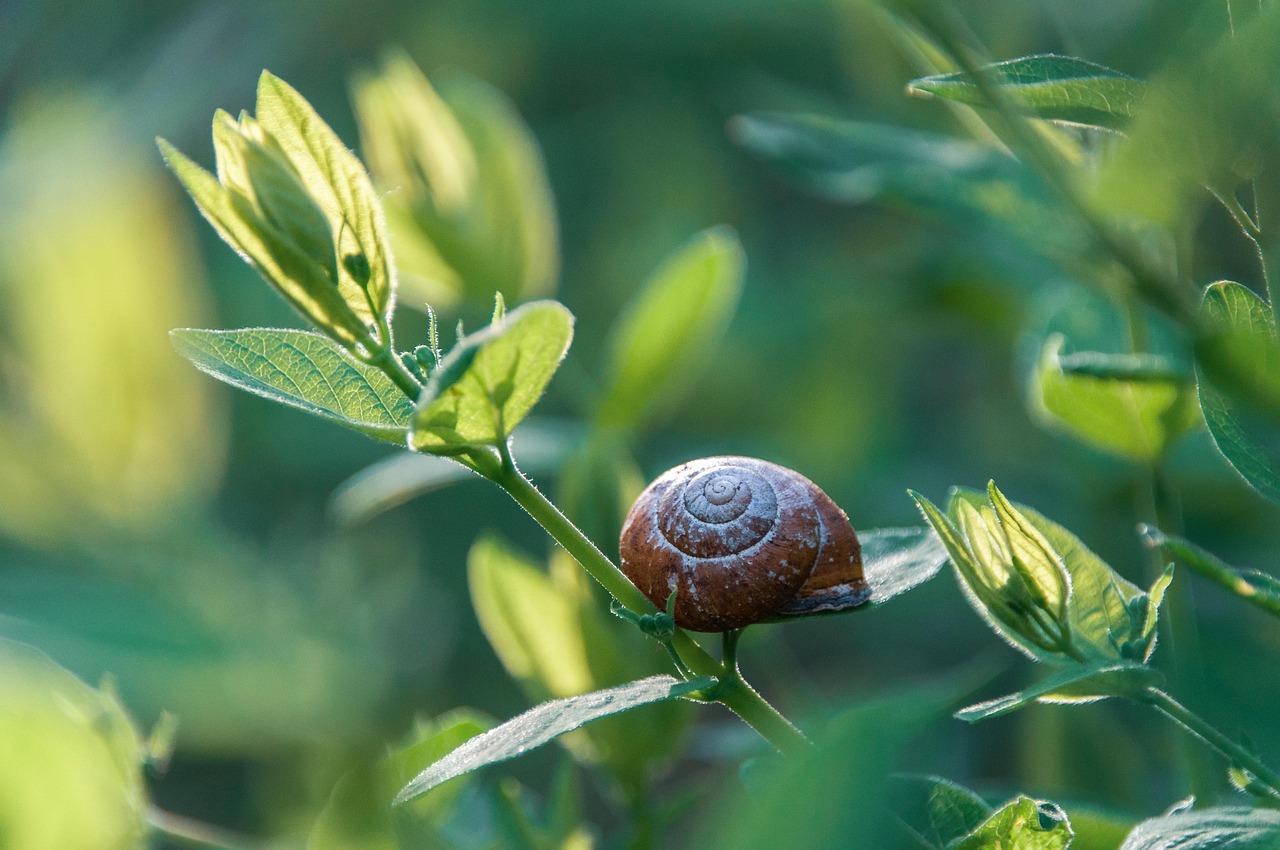
This lesson teaches about invasive species: what they are, the threats they pose, and damages they can cause. Students will identify individual pests and invasive species and discover what they threaten, where they live, and the pathways hungry pests use to enter new locations. Finally students move into action and explore what they can do to prevent the spread of invasive species.
This lesson explores common biotechnology methods and their applications in agricultural sciences. Students will examine DNA analysis techniques, become familiar with the process of polymerase chain reaction (PCR), and evaluate methods of DNA analysis as they learn how the biological techniques can be used in the process of developing specific traits within a crop.
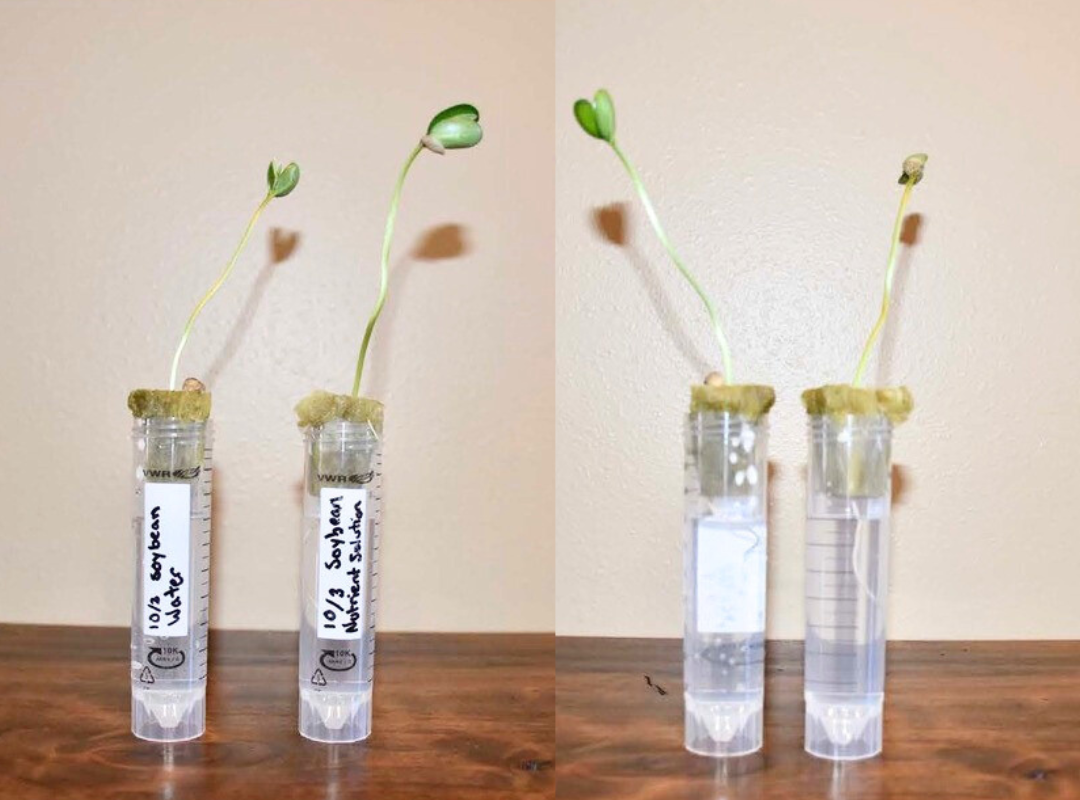
Investigate the importance of nutrients for plant growth and discover how plants grow without soil by growing and observing plants in a test tube hydroponic system.
Students explore the almond tree life cycle including tree dormancy, pollination, bloom, and kernel development of an almond.
Students investigate the process of getting almonds from farm to table and distinguish the difference between facts and opinions as they explore about each stage and season of almond growth.
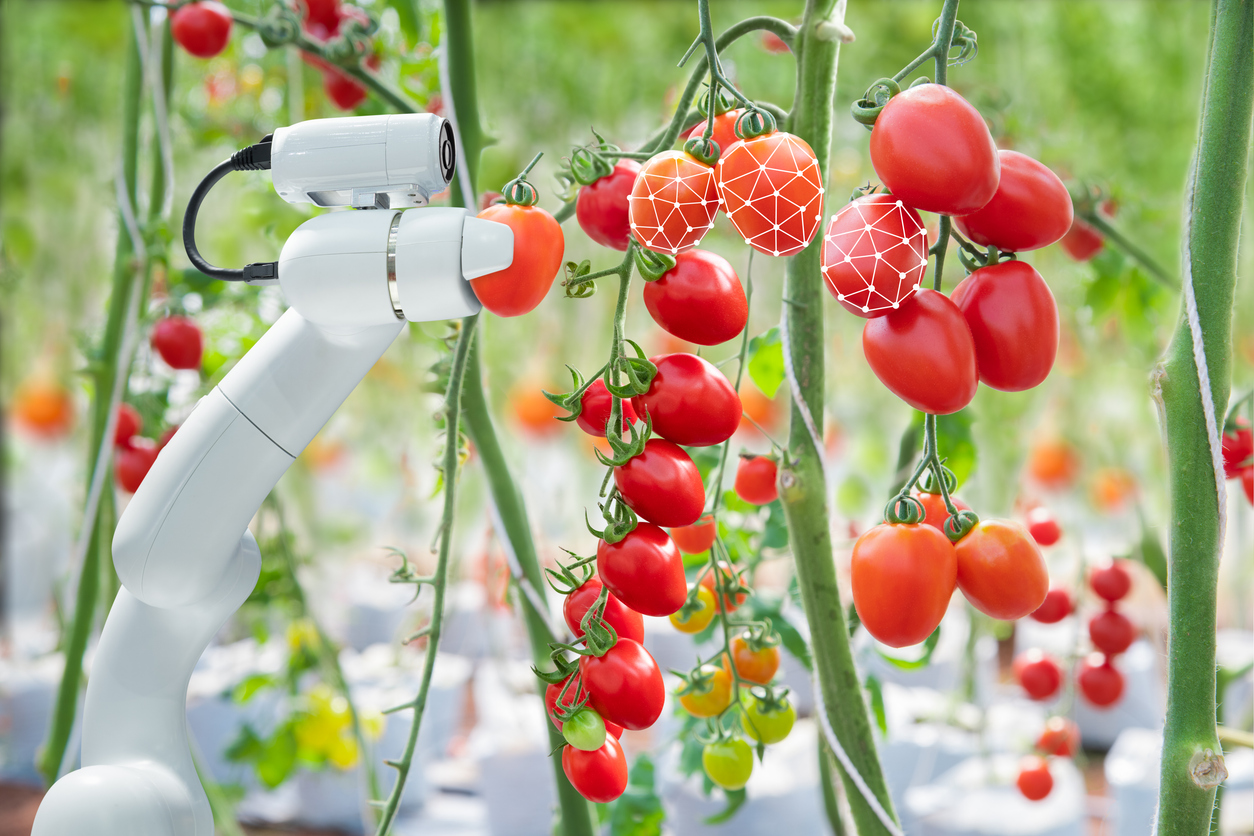
Students discover the four main components of robots, explore how robots are used in agriculture, and program and operate a robot to address a farming challenge.